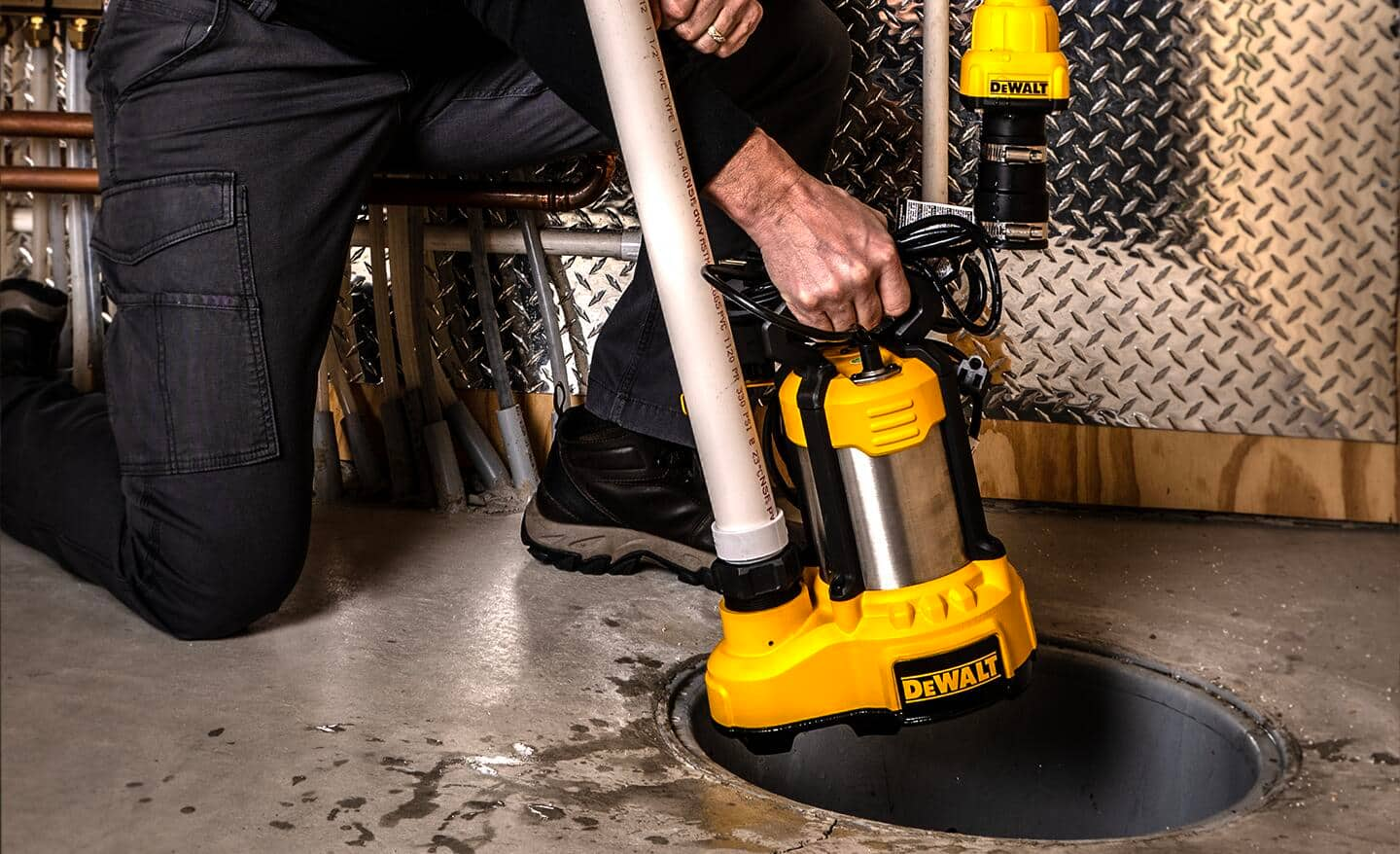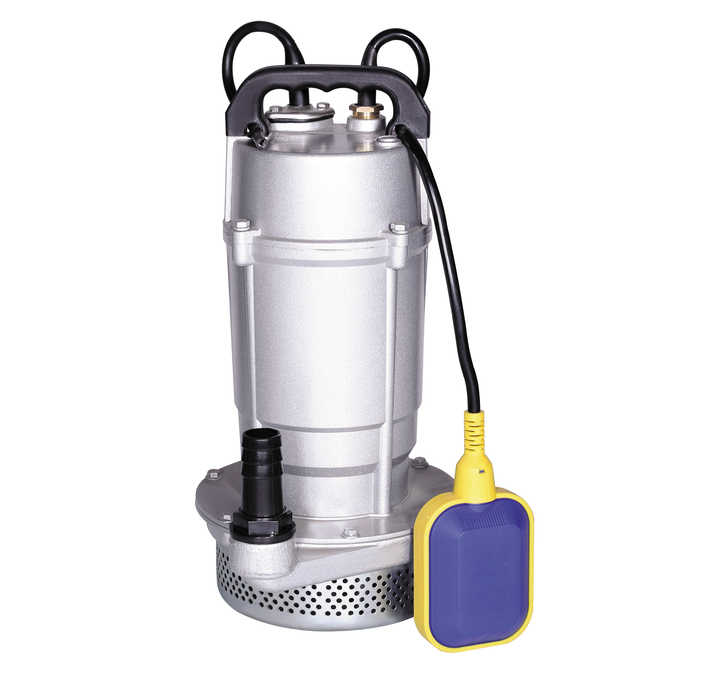Recommended Techniques for Taking Care of a Sump Pump
Recommended Techniques for Taking Care of a Sump Pump
Blog Article
What're your concepts about How To Effectively Clean A Sump Pump?

Sump pumps are important parts in several homes, specifically in locations prone to flooding or too much moisture. They help prevent water damages by efficiently getting rid of excess water from basements or crawl spaces. Nonetheless, like any other appliance, sump pumps need routine maintenance to ensure they operate successfully when required the most. Cleaning your sump pump is a crucial part of its maintenance, and recognizing just how to do it properly can conserve you from pricey fixings and prospective catastrophes.
Intro
Maintaining a clean sump pump is vital for its proper functioning and durability. Neglecting this vital job can lead to blockages, malfunctions, and ultimately, water damages to your property. Therefore, discovering how to clean a sump pump is critical for property owners that rely upon these tools to keep their basements completely dry and safeguarded.
Signs of a Dirty Sump Pump
Recognizing when your sump pump requires cleaning is vital for protecting against possible malfunctions. Some usual indications that indicate a filthy sump pump include unusual sounds during operation, decreased water flow, and visible particles in the pit. If you observe any one of these symptoms, it's necessary to cleanse your sump pump without delay to avoid any kind of further problems.
Getting ready for Cleaning
Before you start cleaning your sump pump, it's important to take some security preventative measures. Begin by turning off the power to the pump to prevent any electric crashes. Additionally, wear appropriate protective gear, such as handwear covers and goggles, to protect on your own from dirt, debris, and potential virus.
Understanding the Sump Pump
Before diving into the cleaning procedure, it's essential to have a basic understanding of exactly how a sump pump functions. Typically set up in a pit or basin below the basement flooring, a sump pump contains numerous crucial components, consisting of a pump, a float switch, and a discharge pipeline. When water collects in the pit, the float switch activates the pump, which then pumps the water out via the discharge pipeline, away from the building's structure.
Detailed Overview to Cleaning a Sump Pump
Turning off the Power
Begin by detaching the power supply to the sump pump to prevent any kind of crashes while cleaning.
Looking For Proper Performance
Before re-installing the pump, do a fast test to ensure that the float switch turns on the pump properly. Pour some water into the sump pit and observe the pump's procedure. If whatever is functioning appropriately, you can reassemble the pump and reconnect the power supply.
Getting Rid Of Debris and Dust
Make use of a pail or a scoop to get rid of any kind of visible particles, dirt, or sediment from the sump pit. Dispose of the debris correctly to prevent it from blocking the pump or the discharge pipe.
Cleaning up the Pump and Drift Change
When the pit is free from particles, very carefully remove the pump from the pit. Examine the pump and the float button for any indications of damages or wear. Use a soft brush or cloth to clean up the surface areas and get rid of any type of collected gunk.
Flushing the System
After cleaning the pump and float button, purge the sump pit with tidy water to eliminate any remaining dirt or debris. This will assist make sure that the pump runs smoothly and successfully.
Upkeep Tips to Maintain Your Sump Pump Clean
Along with routine cleaning, there are several upkeep ideas you can comply with to keep your sump pump in optimum problem:
Conclusion
Cleaning your sump pump is a critical aspect of its maintenance and makes certain that it operates efficiently when you need it one of the most. By following the actions outlined in this guide and including regular upkeep right into your regimen, you can expand the life-span of your sump pump and safeguard your home from water damages.
6 STEPS ON HOW TO CLEAN A SUMP PUMP PROPERLY
UNDERSTANDING SUMP PUMPS
Your sump pump plays a crucial role in protecting your home by managing and removing excess water. It primarily functions as a “shield”, guarding your basement against the damaging effects of water accumulation. The pump is housed in a sump pit in the lowest part of your basement, and its job is to pump out any water that collects there.
During heavy rainfalls or when snow melts rapidly, water can infiltrate your basement, posing potential risks like flooding, structural damage, and harmful mold growth. Here, the sump pump springs into action, pumping out the intruding water and directing it away from your home.
SAFETY FIRST
Before cleaning, remember to prioritize safety. Disconnect the sump pump from the power source to prevent any accidental electric shocks. Also, wear sturdy gloves to protect your hands from any sharp or dirty components within the pump.
REMOVE THE SUMP PUMP
After ensuring your safety, the next step is to remove the sump pump from its pit. Doing this might require careful maneuvering as you don’t want to damage any pump components. Once removed, clean the sump pit to remove any accumulated debris or sludge.
INSPECT THE PUMP
Inspect the pump for any visible signs of wear or damage. Check the power cord, float switch, and impeller housing. If any components look worn out or damaged, consider replacing them to ensure optimal performance.
CLEAN THE PUMP
Thoroughly clean the pump with warm, soapy water. Make sure to rid it of any dirt, gravel, or other debris that might impede its performance. You can use a toothbrush to clean the small, hard-to-reach parts of the pump.
REINSTALL THE SUMP PUMP
Reinstall the pump into the sump pit Make sure it’s positioned correctly to remove the water effectively Once it’s back in place, reconnect it to the power source TEST THE PUMP
Finally, pour some water into the pit to ensure the pump works correctly. It should start automatically and begin pumping out the water; if it doesn’t, check the power source and the positioning of the pump.
Remember, while cleaning your sump pump is an essential part of home maintenance, hiring a professional plumber for a thorough inspection and cleaning at least once a year is also important. This will ensure that your pump is in optimal condition, ready to protect your home from potential water damage.
BEST PRACTICES FOR CLEANING SUMP PUMP DISCHARGE PIPES
Regular Inspection: Regularly inspect your discharge pipes, especially during heavy rainfall or snowmelt periods. Look for any signs of blockage or damage. Early detection of problems can prevent serious issues down the line. Periodic Cleaning: Over time, sediment and debris can accumulate in the discharge pipes, impeding the flow of water. Regular cleaning helps keep the pipes clear and functioning efficiently. You can use a high-pressure water jet to effectively clean the pipes. Insulation During Winter: In colder climates, discharge pipes can freeze, blocking the outflow of water. Protect your discharge pipes from freezing temperatures by insulating them with foam pipe insulation. This will ensure the sump pump can continue to discharge water even in freezing conditions. Proper Positioning: The discharge pipe should be positioned to direct water away from your home’s foundation. Improper positioning can lead to water seeping back into the basement. Ensure the pipe is long enough and angled correctly. Installation of a Check Valve: A check valve prevents water from flowing back into your sump pit after the pump has pushed it out. Installing a check valve helps maintain the efficiency of your sump pump and reduces the risk of flooding. Minimize Pipe Turns: Every curve or turn in the discharge pipe can decrease the efficiency of water flow. By minimizing turns and bends in your discharge pipe, you can increase the efficiency of your sump pump. https://www.fullspeedplumbing.com/how-to-clean-a-sump-pump-properly9999/

Do you appreciate reading about ? Make a short review down below. We will be happy to listen to your thoughts about this write up. We hope to see you back again later on. Remember to take the opportunity to distribute this blog if you liked it. Kudos for being here. Don't forget to come visit our blog back soon.
This Page Report this page